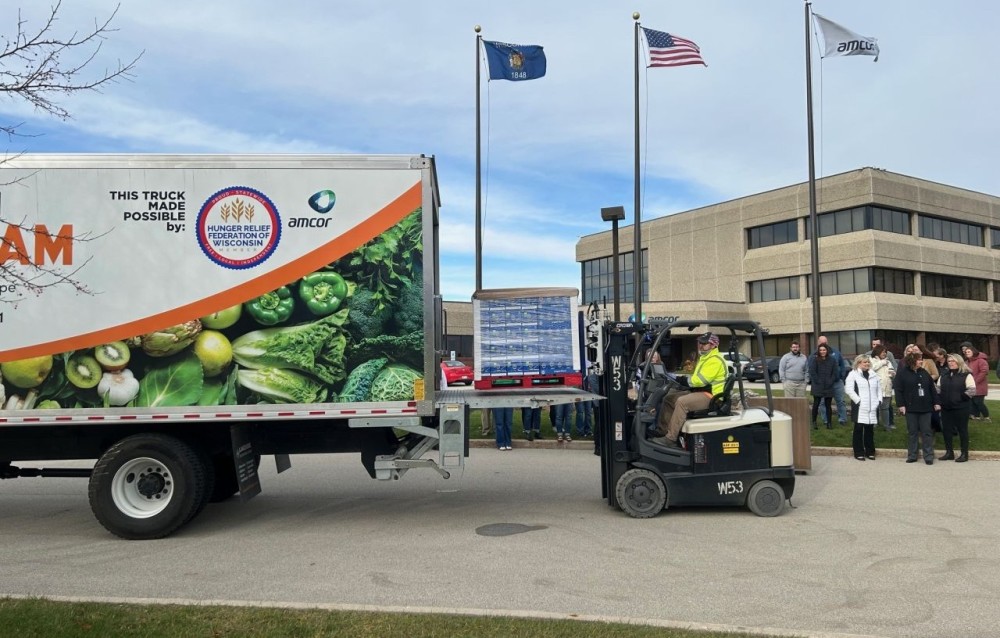
The Royal Society has announced the appointment of its new University Research Fellows (URFs) for 2019 including Dr Imogen Gingell who will arrive at the University of Southampton from Imperial College for the coming academic year, 2019-20.
The scheme was established to identify outstanding early career scientists who have the potential to become leaders in their chosen fields, providing them with the opportunity to build an independent research career.
Dr Gingell, who will join the University’s in early October, is interested in hot, ionised gas (plasma) interactions and how spacecraft can be used to understand what happens when plasma from the Sun hits the magnetic field and space around Earth. Through her Fellowship, she plans to bring that interest and knowledge to Southampton, using machine learning techniques and 3D computer simulations to better understand this phenomenon.
“I’m very excited to start the Royal Society URF at Southampton in October,” Dr Gingell enthuses. “Support from the University of Southampton and new colleagues in the astronomy group has been vital, and I know that the connections and resources available at Southampton will ensure the fellowship is a success.
“The fellowship comes at a key point in my career – I made discoveries last year that open up a new avenue of research in space physics, and the URF will allow me to keep up that momentum and firmly establish my science in the global community,” she continues. “Together I’m sure the URF and Southampton will help me develop as a leader as well as a researcher.”
Professor Christian Knigge, Head of the Astronomy Group at Southampton, is extremely pleased to welcome Dr Gingell to the University community.
“Dr Gingell’s success in winning a Royal Society University Research Fellowships firmly establishes her as a rising star in the study of magnetic reconnection and shock waves within the Earth’s magnetosphere,” says Professor Knigge. “Her research interests mesh perfectly with the work done by our Space Environment Physics team, so we are very much looking forward to her arrival this autumn.”
Dr Gingell explains that her research is focused on the relationship between the dynamic environment in the space around Earth which is governed by the interaction between plasma from the Sun and the Earth’s magnetic field.
“As the Earth moves through so-called Solar Wind at extreme speeds, it generates a shock wave in a much the same way that a supersonic aircraft generates a sonic boom,” says Dr Gingell. “Because the density of plasma in space is so low, only electromagnetic processes can slow and heat the plasma as it crosses the shock wave.
“Last year I used data from a set of NASA satellites called Magnetospheric Multiscale (MMS) to discover that a process called magnetic reconnection was occurring inside the shock wave,” she continues. “Reconnection is an explosive transfer of energy from magnetic fields to particles due to a change in the topology (shape) of the field. Until now, it hasn’t been included in models of shock waves in space.
“For my fellowship, I’m going to determine how significant that reconnection process is to the overall model of how shock waves in space evolve and transfer energy,” Dr Gingell concludes. “I’ll be developing machine learning techniques to survey the vast amount of data from current and future space missions. I’ll also use computer simulations to figure out the conditions under which reconnection can occur in shock waves, and how it happens in a fully 3D model.”








